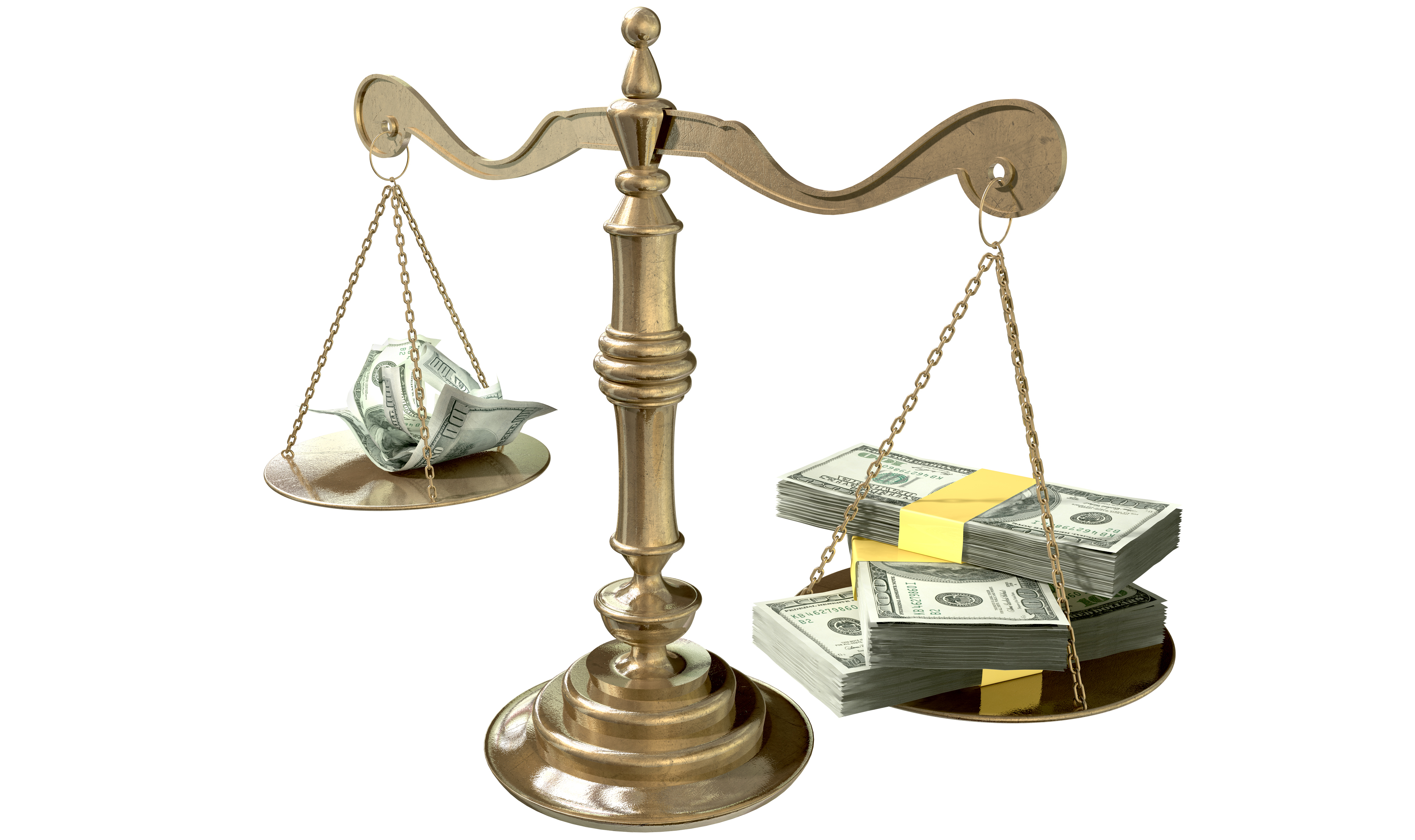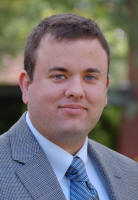
Do people really care about income inequality? Or when they use the term, are they really thinking about something else?
You would certainly think from the U.S. political debate that Americans want to close the rich-poor wage gap. In 2013, President Barack Obama famously asserted that inequality is "the defining issue of our time." Or take Senator Elizabeth Warren, who has built her presidential campaign largely around the argument that the economy works for the rich, but not for most Americans. Even President Donald Trump's Inauguration Day vision of "American carnage," with "rusted-out factories scattered like tombstones across the landscape of our nation," can be interpreted as an argument for shrinking the distance between rich and poor.
So would it surprise you to learn that the correlation between measured income inequality and public concern about inequality is not strong? Indeed, if anything, in the periods during the last four decades when income inequality was growing, the share of the public that thought it was growing seemed to diminish.
Let's break this down. The Harris Poll has asked respondents for several decades whether they "feel the rich get richer while the poor get poorer." In 1980, 76% of respondents felt that way. By 1990, 82% agreed with the sentiment. But by 2000, the share of respondents who agreed dropped significantly, to 69%. That's a 16% decrease over the 1990s, and a 9% decrease over both decades.
A Gallup poll shows similar movement. In 1990, 66% of respondents to the poll — which has data for many fewer years than Harris — reported feeling "that the distribution of money and wealth" in the U.S. "should be more evenly distributed among a larger percentage of the people." In 2000, that had dropped by 10 percentage points, to 56%.
At the same time that people felt inequality was decreasing during those years, it was actually growing considerably. Using a standard social scientific measure of income inequality, the Gini coefficient, calculated on income after federal taxes and transfer payments — a measure of income that attempts to capture the flow of resources available to households for spending and saving — the Congressional Budget Office finds a 14% increase in the rich-poor gap during the 1980s and an 8% increase during the 1990s.
Inequality continued to widen, but in the years since the 2007 global recession began, when concern about inequality exploded as a dominant political issue, the income gap has narrowed.
Caveats are needed, of course. It's difficult to measure inequality and public sentiment about inequality. There are many measures of both, and this column isn't a comprehensive summary. The polling data are noisy, and probably respond to economic change with some lag. And public sentiment may be driven not only by inequality of income, but also of wealth. Still, these basic statistics suggest that there isn't a strong relationship between actual inequality and its public perception. This jibes well with the fact that inequality wasn't nearly the political issue in the 1980s and 1990s that it has been for the past decade, even though it was growing considerably during those decades.
What could explain this? One candidate: Wage growth may be a much more important factor than the actual size of the rich-poor gap in determining how the public feels about inequality. When people express concern about inequality, their concern may be driven less by the income gap itself and more by their sense of how rapidly wages are growing, including their own.
The data suggest there may be something to this story. From 1980 to 1990, the inflation-adjusted average hourly wage of typical workers decreased by 3%, and concern about inequality ticked up. But over the 1990s, average pay increased by 11 percent, and concern about inequality significantly decreased as the rich-poor gap widened.
A related explanation is that the public's sense of wage growth probably affects views on whether people at the bottom and in the middle are being left behind, without adequate economic opportunity to rise. This is different than being concerned about the size of the rich-poor gap in and of itself.
In the Harris poll, respondents' sense that "the rich get richer while the poor get poorer" bounced around from 2000 to 2007, when the financial crisis began. Subsequently, the feeling that the income gap was rising increased considerably, from 73% of those polled in 2007 to a peak of 82% in 2015. But over these years the measured income gap actually narrowed and wages grew.
Why? Perhaps because public concern about the income gap is driven in part by perceptions about justice and fairness — about how the rich made their money. Rightly or wrongly, in the wake of the financial crisis and during the slow recovery from the Great Recession, many people were angry about the perception that the economic game is rigged for those at the top. You can draw a line from this sense to Obama's declaration, and to the tenor of the 2020 Democratic Party presidential primary and populist frustrations on the political right.
Of course, the hypotheses I've outlined are several explanations among many for what drives public perceptions of inequality. There are others. For example, perhaps people are less concerned about the trend in the income gap's growth than about its level, which was quite high following the Great Recession.
But ask yourself this question: If you could wave a magic wand and evaporate, say, 10 percent of the income accruing to households at the top, while leaving those in the middle and at the bottom untouched, would you do so? You wouldn't make anyone better off, but you would lower the incomes of the rich — and you would noticeably reduce measured income inequality.
If you'd hesitate before waving the wand, then you're probably concerned less about inequality than about other things.
This has clear policy implications. One way to reduce inequality is to bring down those at the top. Another way is for policy to provide on-ramps to economic opportunity for those at the bottom. Often, the policies to support these goals are in conflict.
For my money, policy should focus on helping the working poor to rise, not on tearing down the rich.
Every weekday JewishWorldReview.com publishes what many in the media and Washington consider "must-reading". Sign up for the daily JWR update. It's free. Just click here.
(COMMENT, BELOW)
Previously:
• 01/28/19: Dem-touted modern monetary theory is a joke that's not funny
• 11/14/18: Dems should put these deals on the table
• 01/23/18: Let's at least think about a US parliament
• 01/11/18: A work requirement for Medicaid isn't 'cruel'
Strain is a Bloomberg View columnist. He is director of economic policy studies and resident scholar at the American Enterprise Institute. He is the editor of "The U.S. Labor Market: Questions and Challenges for Public Policy" and the co-editor of "Economic Freedom and Human Flourishing: Perspectives from Political Philosophy."


 Contact The Editor
Contact The Editor
 Articles By This Author
Articles By This Author